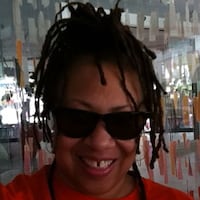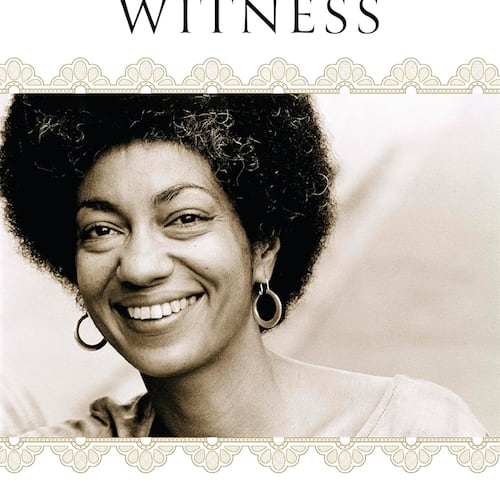Event:
“He Had a Hammer: The Legacy of Hank Aaron in Baseball and American Culture,”
When: Through Aug. 10
Where: Robert W. Woodruff Library, Emory University, 540 Asbury Circle
More info: web.library.emory.edu
Brett Lake has probably watched clips of Hank Aaron nailing home run No. 715 and breaking Babe Ruth’s record “hundreds of times.”
“It’s just an iconic moment in baseball,” said Lake, a junior and outfielder for the Emory University Eagles’ team. “But it’s not just baseball. It’s really an important moment for this country, just what Hank Aaron had to go through in his journey of breaking the record. It’s just an unbelievable, unbelievable record.”
Lake, an international studies major and film minor, is one of three Emory juniors who co-curated a new exhibit, “He Had a Hammer: The Legacy of Hank Aaron in Baseball and American Culture,” which runs through Aug. 10 at the Robert W. Woodruff Library.
The exhibit opened the same month as the Atlanta Braves and Major League Baseball celebrated the 40th anniversary of Aaron becoming the new home run king on April 8, 1974, at the old Atlanta-Fulton County Stadium.
Lake’s co-curators are juniors Kyle Arbuckle and Warren Kember, who are also members of the team.
The small exhibit is part of a rare assortment of original Aaron materials for research use at Emory’s Manuscript, Archives and Rare Book Library.
The items come from the Richard A. Cecil Collection, which is related to the Braves and Aaron. Cecil, who lives in Atlanta, is a former Braves executive and friend of Aaron’s.
The exhibit includes early Braves scouting reports that access Aaron’s potential as a major leaguer, photographs from the old Negro leagues, a first-person column by Aaron in which he reflects on his quest to break the home run record and the pressure he faced, and some of the hate mail he received as he neared Ruth’s record. One reads:
“Dear Hank Aaron,
Retire or DIE!!! The Atlanta Braves will be moving around the country and I’ll move with them …”
The hand-scrawled letter goes on to lists dates and cities for Braves games and issues more threats.
“It’s invaluable from a research standpoint,” said Pellom McDaniels III, one of the advisers and faculty curator of African American Collections at MARBL. “Baseball was considered the American pastime and this collection really kinds of exposes this tension about who can play the game and how far they can go. It exposes how some white Americans felt about their heroes like Babe Ruth, but also how blacks could succeed in society.”
Pellom, a former NFL player and author of “The Prince of Jockeys: The Life of Isaac Burns Murphy,” said Aaron “understood there was something bigger than him at stake.”
The Cecil collection is part of a growing collection of African-Americans in sports at the MARBL. It offers a glimpse into the issues of social mobility, economics, racial discrimination, civil rights and the success of blacks in various sports, including baseball, boxing and horse racing.
Among the collections are oral histories from the Atlanta Black Crackers; a publicity photo of boxer Joe Louis and a ticket stub from the historic Louis/Max Schmeling fight in 1938; a rare first edition of historian Edwin Bancroft Henderson’s book, “The Negro in Sports,” originally published in 1939; and a signed 1939 photo of Martín Dihigo, a two-time All-Star in the American Negro leagues and the only player to be inducted into the American, Cuban and Mexican Baseball halls of fame.
About the Author
The Latest
Featured


